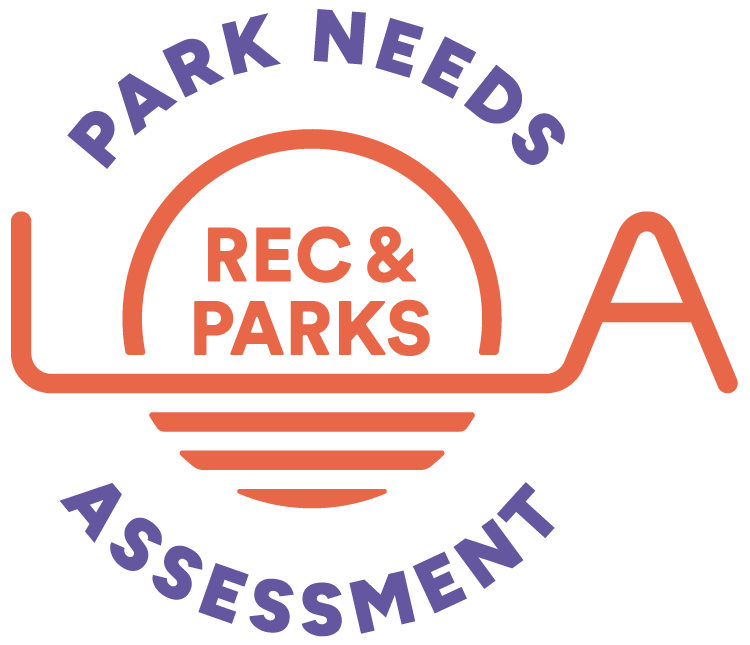Identify the level of engagement a project needs.
The National Recreation and Parks Association (NRPA) lists the following levels of engagement. Before developing a broader engagement strategy RAP should decide which level is appropriate for the planned capital improvement:
INFORM: Is it to INFORM the community? A decision is made, and the community needs to be aware but does not have the ability to make changes to the decision.
CONSULT: Is it to CONSULT the community? The community is asked to react to something specific and provide feedback that will shape the outcome.
INVOLVE: Is it to INVOLVE the community? The community is asked to share their ideas that will help to shape the outcome.
COLLABORATE: Is it to COLLABORATE with the community? Community members and the agency have a trusting relationship to work together to develop solutions that are best for their community.
SUPPORT: Is it to SUPPORT the community? The agency provides community members with the tools needed to make decisions.
Incorporate meaningful engagement requirements in RFPs.
When contracting with consultants to conduct community engagement processes, RAP should establish that candidates have a clear understanding of the project, a history of leading successful and inclusive engagement processes, and a demonstrated understanding of the community impacted. Consider hiring local CBOs to help involve hard-to-reach communities.
Identify key community stakeholders.
At the beginning of a project, RAP should connect with key community stakeholders and, if applicable, the existing and active Park Advisory Board (PAB). These stakeholders could be local CBOs, schools, religious organizations, the neighborhood council, and small businesses. Nearby stakeholders and the PAB should play a key role in the outreach efforts to tap into the existing networks of residents and community members already invested in the site and neighborhood.
Coordinate with related community planning efforts.
Connect to other RAP divisions, departments, and governmental agencies to understand if there are recent or ongoing projects in the area. If a community has been engaged multiple times about similar projects it can lead to distrust and fatigue. If possible, parallel processes should be coordinated to help lessen the time burden on community members.
